The history of bottled-in-bond whiskey
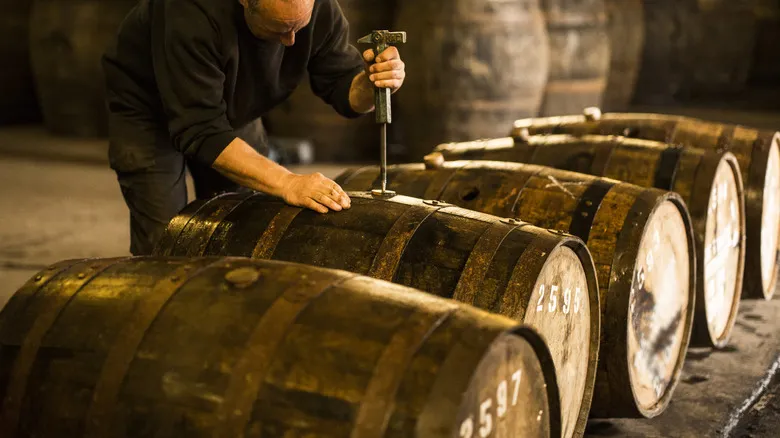
In the late 19th century, whiskey was as abundant as water in America. However, the high demand coupled with minimal legal regulation left consumers vulnerable to the whims of producers and tavern owners who purchased barrels directly from distilleries. As whiskey author and educator Fred Minnick highlights in his 2015 book "Bourbon Curious," an 1896 Congressional investigation revealed that nearly all straight bourbon (a regulated category) produced by distillers was sold to intermediary rectifiers. These rectifiers often diluted the bourbon with cheap, clear-grain spirits to boost profits before selling the barrels to bar owners. Tavern owners, in turn, would further extend each barrel with their own additives, including surprising ingredients like prune juice, kerosene, and tobacco juice.
By 1897, Congress had grown weary of these practices and enacted the Bottled-in-Bond Act. Although it applies to any aged spirit (including brandy and rum), whiskey was where the act had the most significant impact. Essentially, the act guarantees that the contents of the bottle are authentic: it must be whiskey produced according to specific standards by the distillery that claims to produce it.
The law stipulates that a bottle of bonded, aged spirit must consist solely of the ingredients and type of spirit it purports to be. It must be distilled in a single distilling season by one distiller, aged for a minimum of four years in designated wooden containers, and free from any additives or modifications after aging, except as allowed. The actual distiller must be identified, and the spirit must be bottled at 100 proof (50% ABV).
Bonded whiskey today
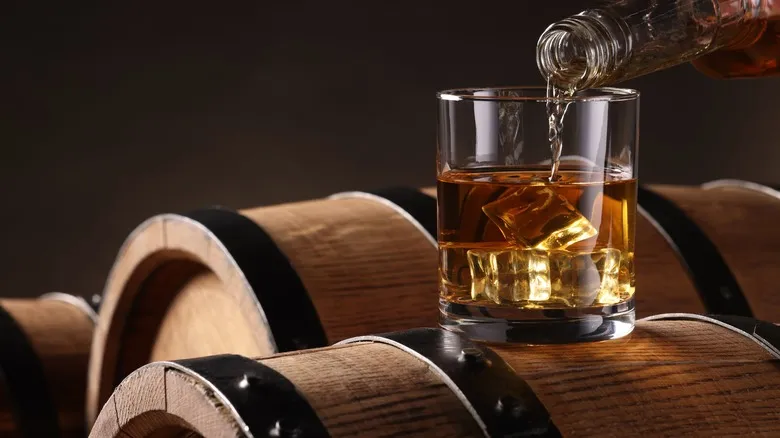
The Bottled-in-Bond Act was enacted around the same time that producers began bottling and branding specific whiskeys for retail sale, prompting many major companies to quickly introduce bonded whiskey. Old Forester asserts that it was the first to offer a bottled-in-bond whiskey to the retail market, achieving this milestone in 1897. Today, the brand pays tribute to its heritage with the 1897 Bottled-in-Bond Bourbon. However, by the 1970s and '80s, the increasing costs and declining popularity of these strictly distilled, aged, and bottled whiskeys led many brands to abandon the category. For instance, Early Times stopped producing its version in the mid-'80s, although it has since brought it back.
When Fred Minnick released "Bourbon Curious" in 2015, he observed that only 17 bonded brands remained, with most coming from a single distillery, Heaven Hill. Thanks in part to the advocacy of brand ambassador Bernie Lubbers, whose motto is "stay bonded," the category has begun to see a modest resurgence, according to Minnick. In the years following his remarks, the bottled-in-bond category has welcomed new labels from both large and small whiskey producers, indicating a notable revival. Several brands have introduced their own expressions in just the last few years, turning a "small comeback" into a genuine trend. There are even some budget-friendly bourbons—some of which are genuinely worth purchasing—that carry the bottled-in-bond label. While the designation of a whiskey as "bonded" may not necessarily enhance its flavor—since taste is subjective—it does provide assurance about the quality and origin of the product you are enjoying.
Recommended
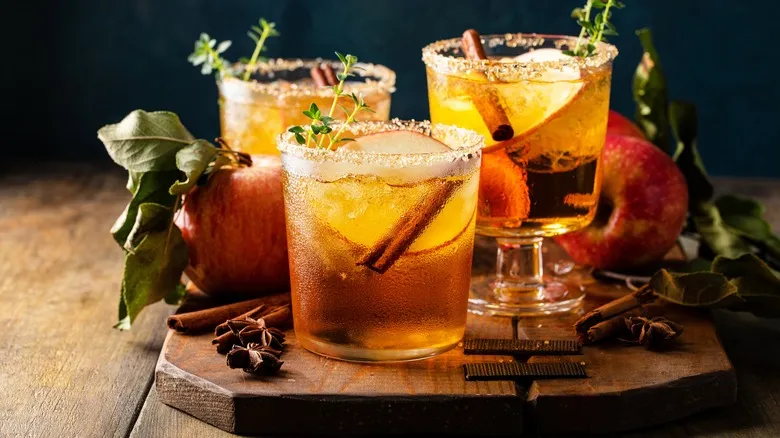
Apple Cider Is The Base Of Ree Drummond's Fall Twist On A Classic Cocktail
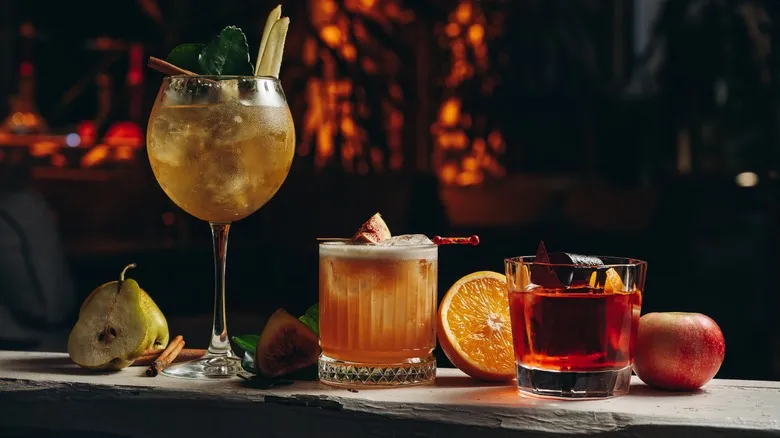
What Separates A New York Sour From A Whiskey Sour?
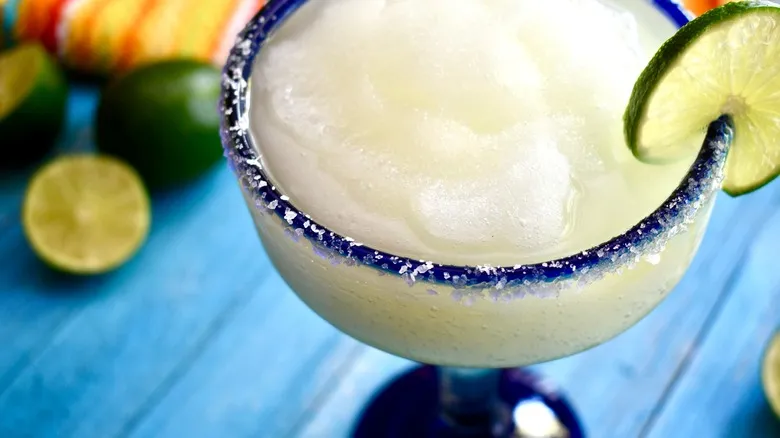
Italian Ice Is The Easy Shortcut For A Game-Changing Frozen Margarita
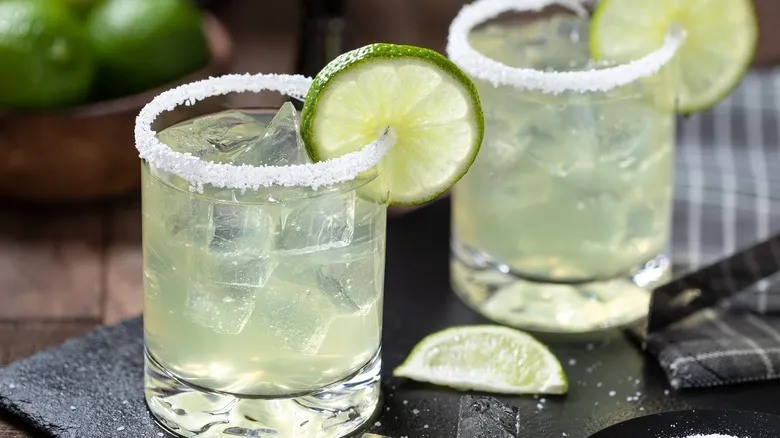
Does Chipotle Still Sell Margaritas?
Next up





